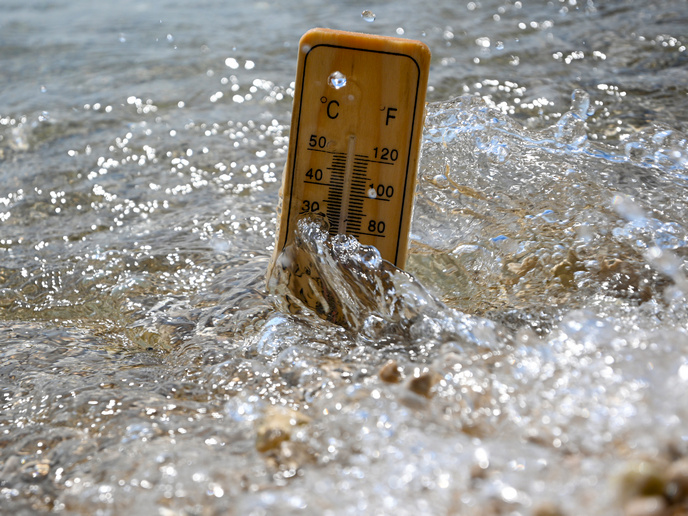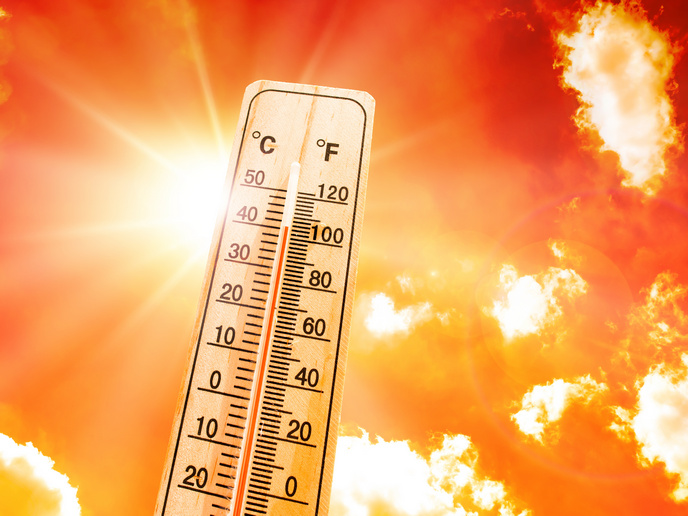Improving Mediterranean rainfall predictions
Over the 20th century, the Mediterranean has experienced significant warming which researchers have attributed to anthropogenic climate change. Recent impacts have included heatwaves and droughts leading to crop failure, wild fires and water shortages, causing substantial economic loss. Climate models project further warming and drying of the region. Better near-term forecasting of Mediterranean extreme weather events would enable authorities to prepare for such events, mitigating health, energy and agricultural impacts. “The problem is that the predictions within sub-seasonal to seasonal lead times, approximately 10 days up to a season ahead, fall into the so-called ‘weather-climate prediction gap’, where forecast models struggle,” explains Marlene Kretschmer, project coordinator and Marie Skłodowska-Curie researcher from the EU-funded CausalBoost project. CausalBoost combined ‘causality tools’ with operational forecast models to: identify sources of predictability of Mediterranean winter weather; understand how these different drivers interact; and assess how well these processes are captured by forecast models. Project findings have been published in peer-reviewed open access journals, with some of the software code published on GitHub.
Untangling cause-effect relationships
A key challenge when trying to improve rainfall predictions on S2S timescales, is identifying sources of predictability. These are expected in the more slowly changing boundary conditions of the climate system, such as sea ice or sea surface temperatures which can affect regional weather and climate patterns far away through interactions with the atmosphere. However, the climate system’s complexity makes it difficult to identify different drivers, quantify their contributions and isolate individual causal factors. Understanding cause-effect relationships is obviously a common challenge in science. In climate science, as real-world experiments are usually not possible, the common workaround is to experiment with climate model simulations. One limitation is that results depend on how well the climate model represents the real world. “Our key idea was to combine the strengths of more conventional physics-based methods with innovative statistical methods from machine learning, squeezing out more information from climate data,” remarks Kretschmer from the University of Reading, the project host.
Algorithm untangles causal relations
One machine learning technique used was a ‘causal discovery algorithm’ – a mathematical approach which infers cause-effect relationships from observational data. Users input data about physical processes over time, and the algorithm ‘learns’ how these processes are causally related. A relatively recent advancement, these offer a powerful tool to complement climate model experiments. CausalBoost analysed a range of different data sets with the machine learning algorithm, including observational data, data from sub-seasonal and seasonal forecasting climate models, as well as data from climate model projections under different emission scenarios. This has resulted in an improved understanding of the drivers of Mediterranean precipitation. One example was the role of the so-called stratospheric polar vortex – a system of strong westerly winds forming in the boreal cold seasons in the Arctic stratosphere. It is known that strong and weak phases of this vortex affect Mediterranean precipitation. “Our detailed analysis of its role contributes to a better understanding of the underlying mechanisms which can inform state-of-the-art climate models,” explains Kretschmer.
The promise of post-processing
CausalBoost helps pave the way for far-ranging forecasts of Mediterranean precipitation which will give decision makers in weather-dependant sectors vital information to help them plan more effectively. Kretschmer now intends to combine empirical, observation-based predictions with those from dynamic forecasting models based on Bayesian statistics. “If we know that a particular process is not well-captured by a model, then we can ‘correct’ that by post-processing the forecasts using Bayesian modelling techniques, which should lead to more accurate forecasts,” concludes Kretschmer.
Keywords
CausalBoost, climate change, rainfall, forecast, Mediterranean, heatwaves, season, drought, causal, modelling, predictions







